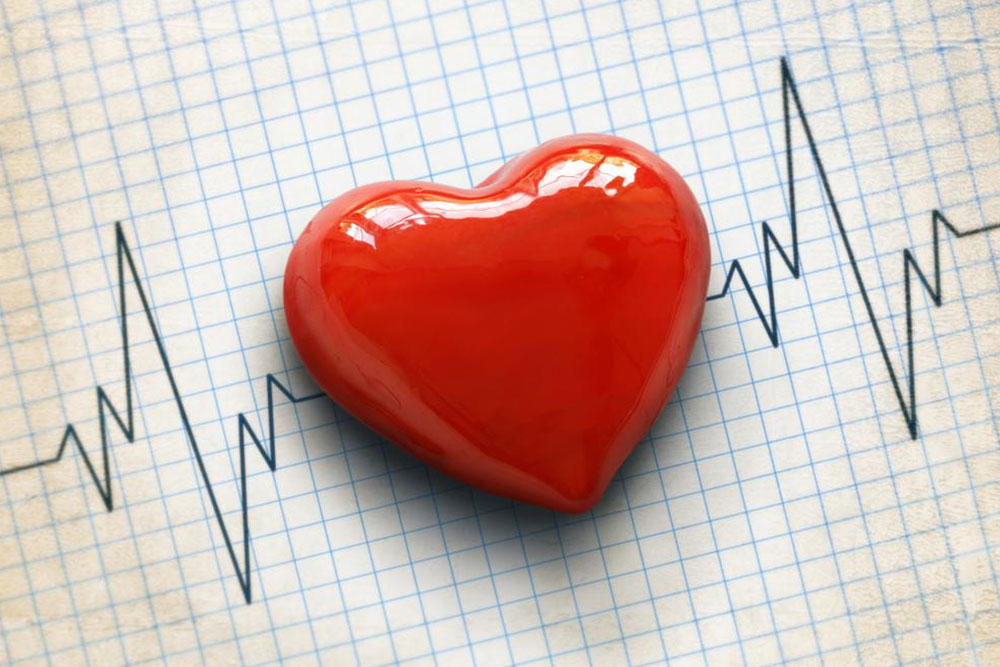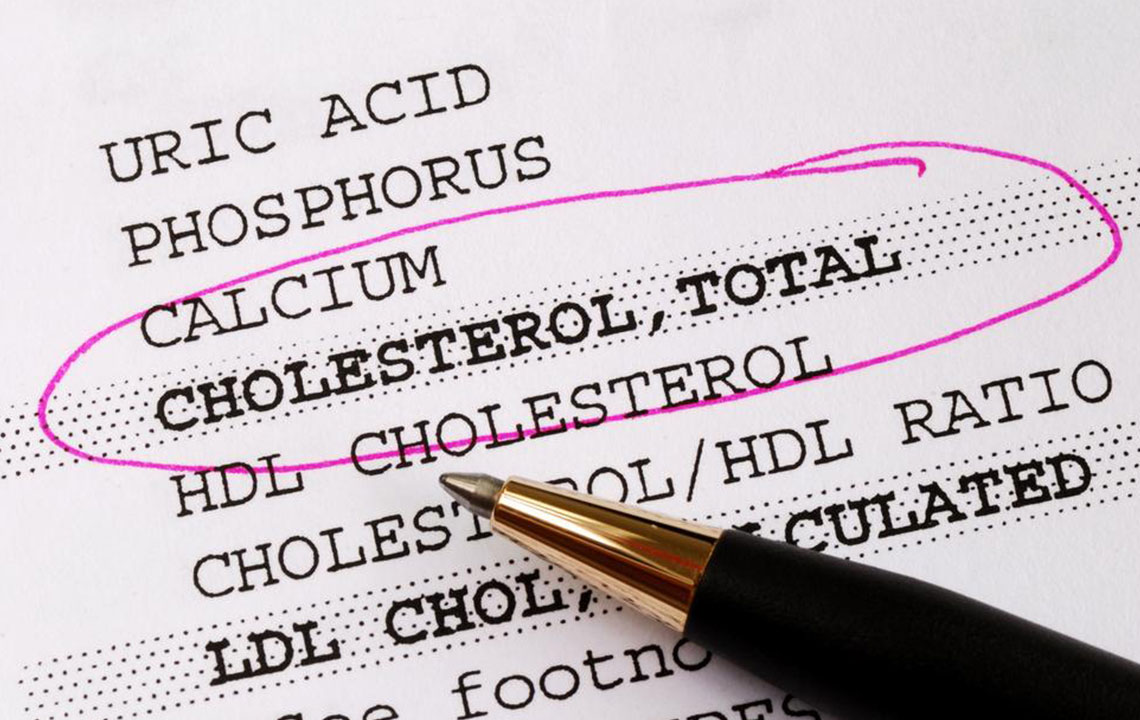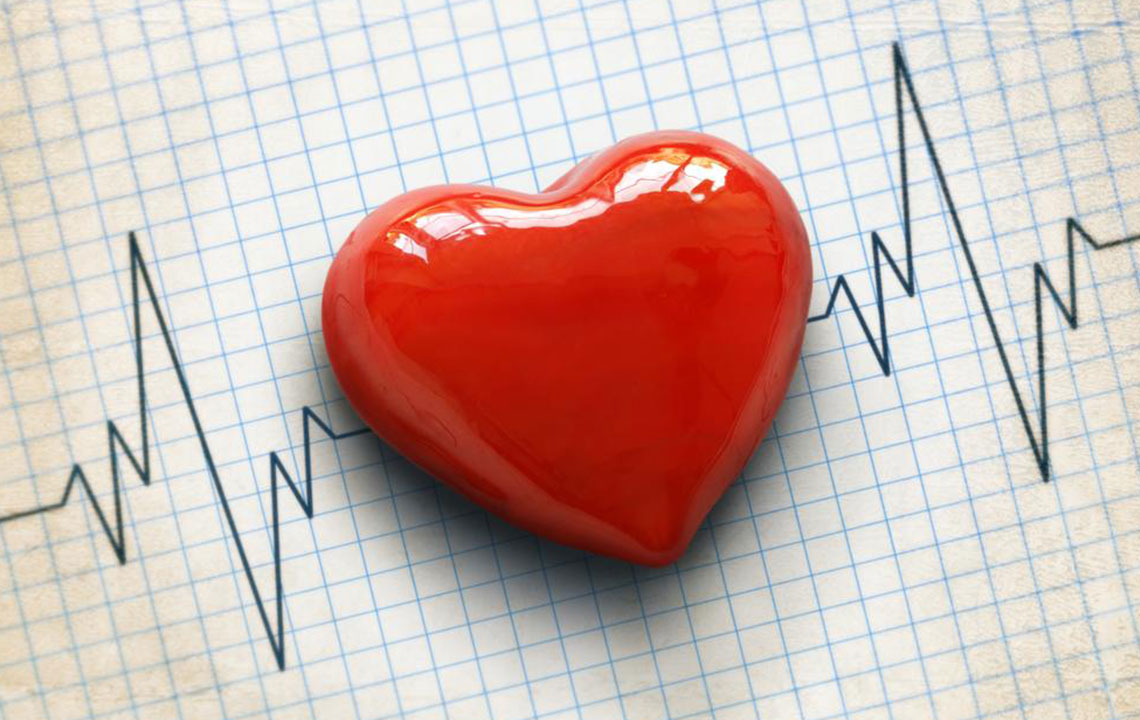Guide to Maintaining Healthy Cholesterol Levels and Heart Health
This article provides comprehensive guidance on understanding healthy cholesterol levels, how to measure them, and effective lifestyle strategies to maintain optimal heart health. Learn about key cholesterol markers, recommended ranges, and practical tips like diet, exercise, and quitting smoking to prevent cardiovascular diseases.

Guide to Maintaining Healthy Cholesterol Levels and Heart Health
High cholesterol levels can elevate the risk of heart and vascular problems. While medications are available, making lifestyle changes provides long-term benefits. It's important to know your target cholesterol numbers. A blood test known as a lipid profile measures:
Total cholesterol
Triglycerides
HDL (good) cholesterol
LDL (bad) cholesterol
What are typical cholesterol levels?
Cholesterol levels differ per individual but generally align with standard ranges. Fasting for 9-12 hours before blood testing ensures accuracy. In the U.S., these levels are measured in mg/dl. Here’s a simple overview:
Total cholesterol
Below 200 mg/dl – Desirable
200-239 mg/dl – Slightly high
240 mg/dl and above – Elevated
Triglycerides
Under 150 mg/dl – Healthy
150-199 mg/dl – Borderline
200-499 mg/dl – Elevated
500 mg/dl and above – Very high
HDL (good) cholesterol
Less than 40 mg/dl (men) / 50 mg/dl (women) – Low
50-59 mg/dl – Moderate
60 mg/dl and above – Optimal
LDL (bad) cholesterol
Less than 70 mg/dl – For high-risk individuals
Less than 100 mg/dl – Ideal for most
100-129 mg/dl – Near ideal
130-159 mg/dl – Borderline high
160-189 mg/dl – Too high
190 mg/dl and above – Very high
To keep cholesterol within healthy limits, try these tips:
Choose healthy fats: Incorporate monounsaturated fats like nuts, avocados, and olive oil to lower bad cholesterol and boost good cholesterol levels.
Eat omega-3 rich foods: Include fatty fish such as salmon, mackerel, and trout to support heart health and reduce diabetes risks.
Avoid trans fats: Reduce intake of processed foods with hydrogenated oils to protect your cardiovascular system.
Increase soluble fiber: Foods like beans, oats, fruits, and whole grains help decrease LDL and support digestion.
Exercise regularly: Engaging in physical activities like walking, cycling, or sports enhances cholesterol balance.
Maintain a healthy weight: Losing excess weight can lower total cholesterol and improve your lipid profile.
Stop smoking: Quitting helps improve lipoprotein levels and overall cholesterol management.
Limit alcohol: Moderation prevents alcohol from raising harmful cholesterol levels.
Monitoring and managing cholesterol is key to long-term health. By adopting these lifestyle changes, you can achieve optimal cholesterol levels and reduce the risk of heart and liver conditions.


